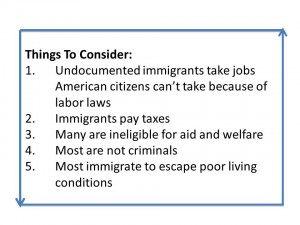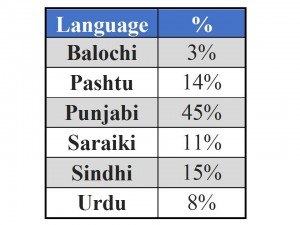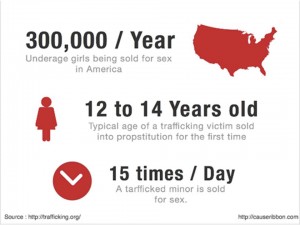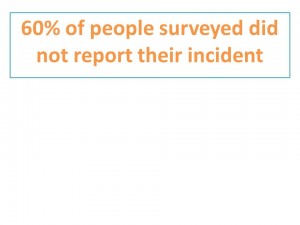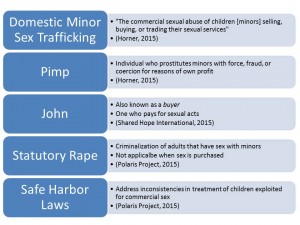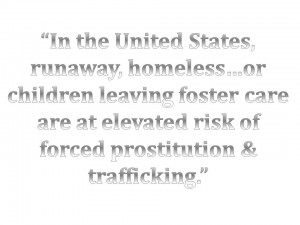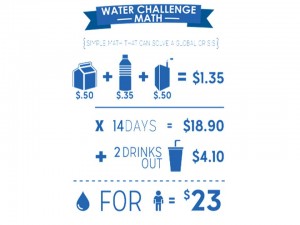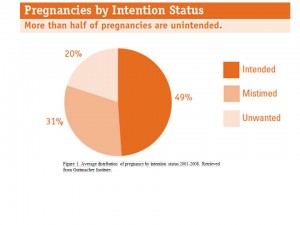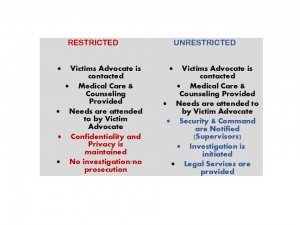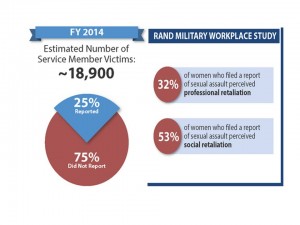Recently, Presidential candidate Donald Trump has raised awareness and scrutiny to a lesser-known concept called “anchor babies”. This term refers to children of undocumented immigrants who were born in the United States, and therefore granted birthright citizenship through the 14th Amendment. Opposers claim the parents used their children to gain access to our country and resources illegally, and unfairly. Trump promises to deport these parents and their children as a part of his progressive plan to reform immigration policy, which has the capacity to affect millions living in the U.S.
Trump’s Plan vs. Reality
Trump has 2 major plans to reform immigration policy: mandatory return of all criminal aliens and ending birthright citizenship. The message is clear: Trump wants undocumented immigrants out of the country and feels birthright citizenship “remains the biggest magnet for illegal immigration.” Here’s the problem: this is not the biggest magnet—escaping extreme poverty, corrupt governments, and seeking an opportunity for higher quality of life is. Whatever the reason, Trump thinks they cause problems and deporting them will fix these problems. Deportation, in reality though, won’t really fix any problems. What it can do is separate families causing trauma in children, increase poverty and welfare dependence, put children in foster care, and decrease quality of life for many. The reason it won’t fix any problems (and ultimately cause more issues) is this: current immigration policy already targets these “anchor babies” and their parents.
“I don’t think they have American citizenship and if you speak to some very, very good lawyers — and I know some will disagree, but many of them agree with me — and you’re going to find they do not have American citizenship.”
–Donald Trump
There are several disparities between Trump’s negative views of our nation’s “anchor babies” and the actual policies in place that affect them because the current policy already does what Trump wants; his plan will only intensify the current punitive measures. Therefore, his reasoning behind his plan does not make sense. He claims our current policy is too lenient and needs to be changed. The truth is that current immigration policies already make it very difficult for undocumented parents of children with birthright citizenship to enter and stay in the U.S. legally. So what’s the point of Trump’s plan? That’s what we’re wondering. Here are the facts:
CURRENT IMMIGRATION POLICY:
- Undocumented parents of children granted birthright citizenship face deportation regardless of child’s citizenship
- Family-Based Immigration: grants U.S. citizens and lawful permanent residents to bring certain family members to U.S.
- Undocumented parents must wait until child is 21, then leave U.S. and apply for family reunification immigration request to come back
- Face 3-10 year wait due to:
- Immigration court backlog (450,000+ cases) which routinely rejects claims for undocumented parents to remain in U.S. with children
- Reentry ban which says anyone living in the U.S. more than one year illegally is banned from our country automatically for 10 years
INA: ACT 212 [8. U.S.C. 1182]:
Outlines who is eligible to receive visas and is ineligible for admission including: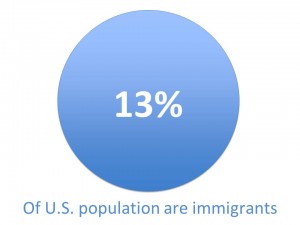
- Those with communicable diseases
- Conviction of certain crimes like controlled substance traffickers
- Poses a threat to security and related groups
- Is likely at any time to become a public charge
- Have already entered the country illegally or previously removed
- Do not have proper documentation
Miscellaneous (basically, anyone not fitting into these requirements and deemed ineligible for admission)
Call to Action
Trump expressed a willingness to be lenient for “the good ones,” adding that the U.S. “can expedite it where they come back in.”
–CBS News
This quote is important to consider as we just reviewed immigration policy. We know this isn’t a reality because current policy blocks undocumented immigrants, regardless of children’s citizenship status. This is just another example of how Trump’s views are contradicting, and more reason we need to take action.
Trump’s plan to deport people with birthright citizenship and their families will not end in a positive result—millions of Americans will suffer. Current policy already makes it nearly impossibly for parents to enter and stay in the U.S. with their children legally, so reforming immigration policy will not solve issues, only create more. The conclusion is that Trump’s views of anchor babies and plans are essentially redundant and counterproductive. Therefore, the best option would be to fight against Trump’s plans to reform immigration policy that will target anchor babies. The best ways to do this is to first raise awareness and educate the public on the facts and risks. Next would be to vote appropriately. The only power a regular American has in affecting policy is to vote to elect representatives that support the best plan and policies. In this case, Trump is not the best representative for that. In the end, I am calling for America to stand up and research the facts before ultimately exercising our powerful right to vote.
